Framlingham College
The College stands in extensive grounds and enjoys possibly the finest view in Suffolk over Framlingham Mere and Castle.
Framlingham has had a junior school for most of its history; since 1948 the Junior school has been at Brandeston Hall, about four miles from the College.
Framlingham College Prep School
The College has had a junior school for most of its history; in 1947, the Society of Old Framlinghamians provided the funds to acquire Brandeston Hall (some four miles from the College) as a living memorial to those pupils and members of staff who lost their lives in both World Wars. In 1948 the Junior school moved there and is now styled Framlingham College Prep School.
School Houses
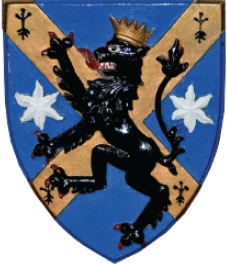
Garrett House
The original Boys’ boarding ‘Houses’ were introduced in 1914 and identified just by a colour. In 1927 it was decided to associate each House with a prominent founder. Richard Garrett was an entrepreneur in agricultural machinery, and was Secretary to the 1862 appeal. He was also a major donor and Governor. Garrett House (Green) was originally located in the main College building . In 1979 Garrett was moved across the road to its current purpose-built boarding house.
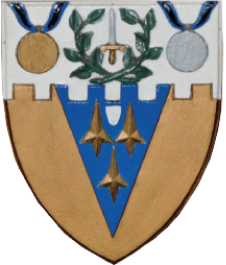
Kerrison House
Sir Edward Clarence Kerrison was the most generous donor to the 1862 appeal, and drove the appeal forward with huge energy. He was the first Vice-President of the College Corporation. Kerrison House (Blue) was originally located in the main College building until, in 1973, Kerrison House was moved across the road to a purpose-built boarding house funded by an exceptionally generous donation from Francis Otto Ziegele (O.F., 1910-17).

Moreau House
Moreau House was named after Emile Edouard Moreau (OF, 1871-72 and a Pembroke Scholar), who remains the College, and the SOF’s, most generous donor following his death in 1937. The House was built in 1959 as a boarding House for 40 Junior Boys in their first year at the College, after which they were allocated to one of the original four Houses: Garrett, Kerrison, Rendlesham and Stradbroke. It was extended, in 1974, to be of comparable size to the other Senior Boys’ Houses, and a sometimes painful process of enforced transfer was used to give it a full range of year groups. In 1990 Moreau became a Girls’ boarding House.
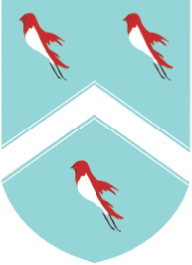
Pembroke House
Pembroke House was first established as a Girls’ day house in the summer of 1980, under the leadership of Senior Mistress, Mrs Valerie Bidwell. In 1998, it became a third Girls’ boarding house. Located at Pembroke Lodge on Pembroke Road, it reminds us that it was Pembroke College, Cambridge, which provided the land on which Framlingham College was built, and of the ties that happily continue to bind these two institutions.
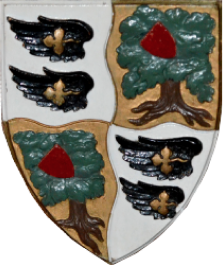
Rendlesham House
Frederick William Brook (Thelluson), fifth Baron Rendlesham was a major donor to the 1862 appeal and a member of the Corporation from 1875. Rendlesham House (Maroon) was located in the main College building, and remains in the east wing, though it has been significantly refurbished and extended over the years.
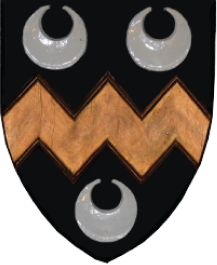
Stradbroke House
Sir John Edward Cornwallis Rous, Earl of Stradbroke, was Lord Lieutenant of Suffolk when Prince Albert died, and started the appeal to raise funds for Framlingham College. He was a major donor and the first President of the Corporation. Stradbroke House (Scarlet) was located in the main College building and remains in the west wing, though it has been significantly refurbished and extended over the years.
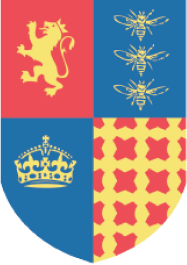
Victoria House
There are no prizes for guessing that this Girls’ boarding house was named after Queen Victoria, in memory of whose consort, Prince Albert, the College was founded. The house was created in 1985, through significant extentions to, and remodelling of, the College sanatorium. On completion, the new House provided accommodation for up to sixty girl boarders.

Ziegele House
By the mid-1970s, there were a substantial number of day-boys at the College, and these were joined, in 1976, by the first UVI day girls. The decision was taken to create a House for all day pupils, and to name this Ziegele House, after Francis Otto Ziegele, who had recently provided the funds to build Kerrison House. The House opened in September 1976 and it continued in operation until 1999. Its existence had always been a matter of controversy, and the reintegration of day pupils into boys’ and girls’ boarding houses was very popular with the vast majority of pupils and their parents.
